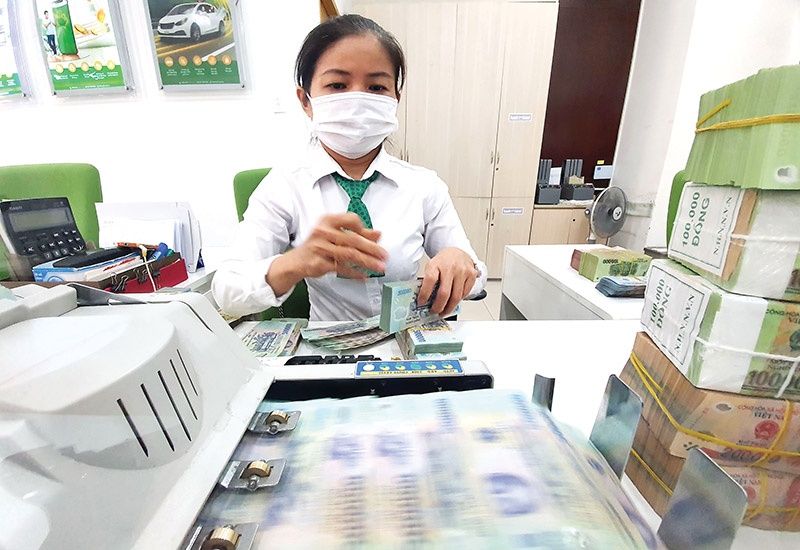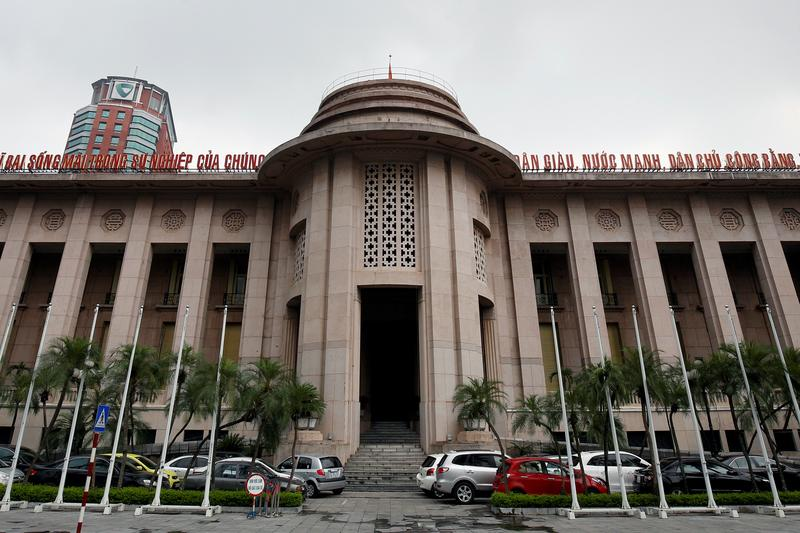Extension of Circular 14 unneccessary: insiders
Extension of Circular 14 unneccessary: insiders
The expiration of Circular 14 on debt rescheduling and interest rates reduction in late June is likely to expose banks to higher levels of non-performing loans (NPLs), yet insiders say it is unnecessary to extend it.

Nguyen Quoc Hung, general secretary of the Viet Nam Banks Association, said the expiration came at the right time because it laid bare potential NPLs, giving banks an insight into their situation. Accordingly, there is no need to keep the circular any longer.
“Rescheduled loans stay at around VND300 trillion (US$13 billion) on paper but could be far higher in reality. The expiration would help banks realise their situation,” he said.
Tran Dang Phi, deputy chief inspector of the Banking Supervision Agency under the State Bank of Vietnam (SBV), claimed that the circular not being extended would cause no impact on the banking system. He said SBV has ruled out the possibility of extending it.
An economist asserted that the low levels of NPLs during the pandemic could be attributed to Circular 14 and Decree 42 on NPL settlements. The former prevented new NPLs from emerging on bank balance sheets, whereas the latter gave banks the tools to handle them.
"Recently, the National Assembly has agreed to extend the decree but not the circular. This move means that the legislative body wants banks to handle more NPLs rather than just cover their balance sheets with nice figures," the economist said.
As Circular 14, issued to replace its previous version Circular 01, was no longer in effect, many banks had decided to boost their provisions for credit losses to offset the risk of higher NPLs in the future.
Tran Binh Minh, chairman of VietinBank, revealed that his bank had a total on-balance-sheet NPLs of VND15.3 trillion by late Q1, equivalent to 1.25 per cent of its total credits.
The bank has planned to set its provisions for credit losses at VND15 trillion to increase its NPLs coverage. Currently, its coverage ratios are at 197 per cent.
Vietcombank is taking the lead in terms of NPLs coverage as its ratios reach 420 per cent. Other risk-averse banks include BIDV with 235 per cent, MBBank with 250 per cent and ACB with 198 per cent.
A recent survey on banks conducted by the Vietnam Report showed that 45.5 per cent of respondents have plans to raise their provisions for credit losses, 36.4 per cent keep them unchanged and just 18.2 per cent will lower them.
Securities firm VNDirect said banks were facing many difficulties arising from inflationary pressure, lower net interest margins and the expiration of the circular.
However, the firm asserted that banks would easily overcome those difficulties thanks to their financial buffers against risks and their close watch on real estate loans.
Financial expert Huynh Buu Son forecast that the risk of NPLs would go up in 2022 due to the expiration of the circular, but it should not be a matter of concern as the economy is recovering and firms' ability to pay debts is improving.
By late April, total accumulated scheduled loans hit VND695 trillion since the introduction of the Circular 01, and 1.1 million borrowers benefited from the favourable policies.





















